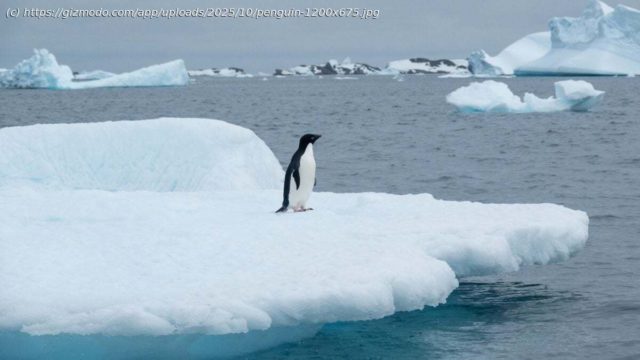As global temperatures rise, some scientists believe we need to do everything we can to prevent catastrophic warming—no matter how crazy some potential solutions may sound.
If global warming continues at its current rate, Earth’s average temperature is likely to rise 2.7 degrees Fahrenheit (1.5 degrees Celsius) above pre-industrial levels between 2030 and 2052. Experts believe crossing this threshold will have significant consequences for people and the planet, causing irreversible ecosystem damage and increasing the risk of extreme weather.
Curbing planet-warming emissions is the most direct solution to this problem, but efforts to do so are falling short of critical reduction targets. To avoid 2.7 degrees F of warming, the global community needs to cut 42% of its emissions by 2030 and 57% by 2035, according to the 2024 United Nations Emissions Gap Report. Achieving this will require “dramatically stronger ambition and action” from nations across the globe, the report states.
In light of these grim circumstances, some scientists argue against putting all our eggs in the emissions-reduction basket. Mitigating the most severe impacts of climate change, they say, will require audacious efforts to artificially cool the planet.
Researchers are investigating a number of geoengineering strategies that could theoretically achieve this, though they remain highly controversial and largely untested. Here are some of the most outlandish proposals scientists have made thus far.1. Mimicking the effects of volcanic eruptions
When Mount Pinatubo—a stratovolcano in the Philippines—erupted in 1991, it produced the largest sulfur dioxide eruption cloud ever measured. This massive injection of gas and ash into the stratosphere caused Earth to temporarily reflect more sunlight back into space, lowering the global temperature by about 0.9 degrees F (0.5 degrees C) over the ensuing year.
Scientists have proposed artificially mimicking this effect through stratospheric aerosol injections (SAIs). This technique would involve releasing large quantities of tiny, sunlight-reflecting sulfur particles into the second layer of the atmosphere, located above the troposphere. In theory, these particles would act as a reflective barrier against sunlight, lowering Earth’s temperature.
Though none have ever been tested at scale, researchers have come up with several ways to achieve this, from shooting particles out of artillery guns to releasing them from aircraft.






